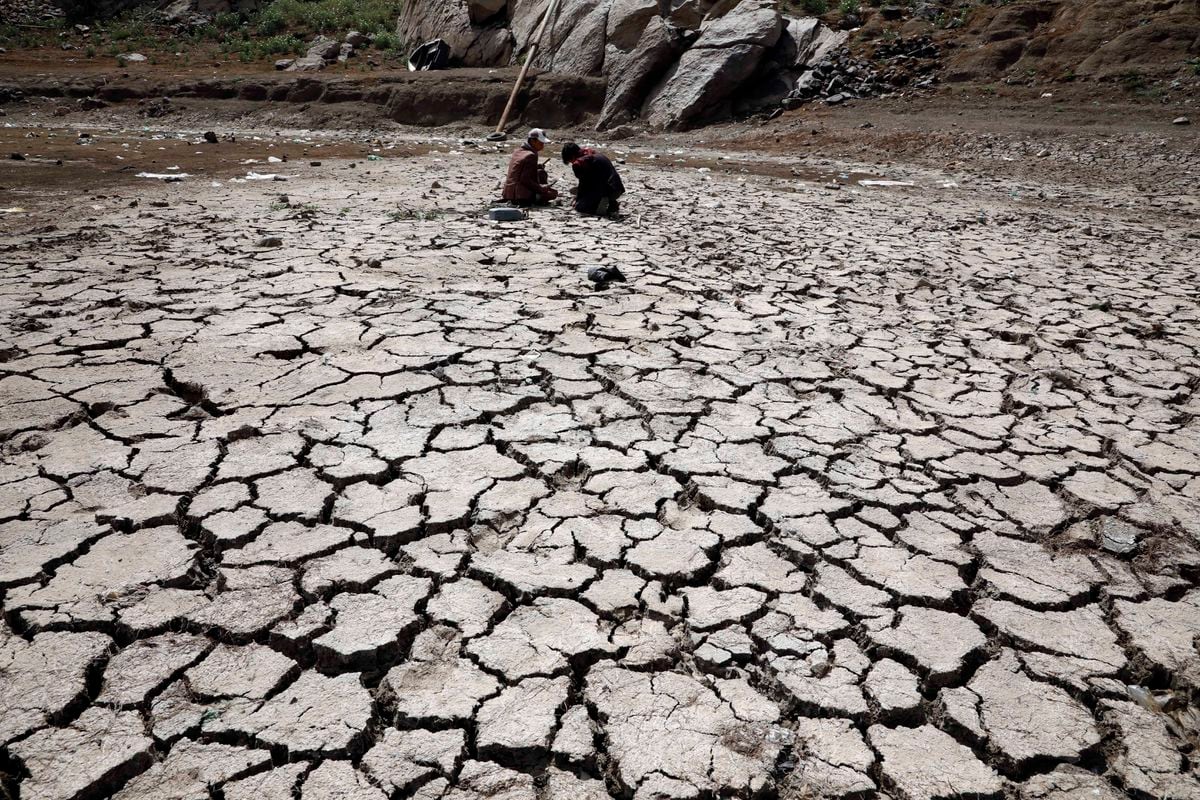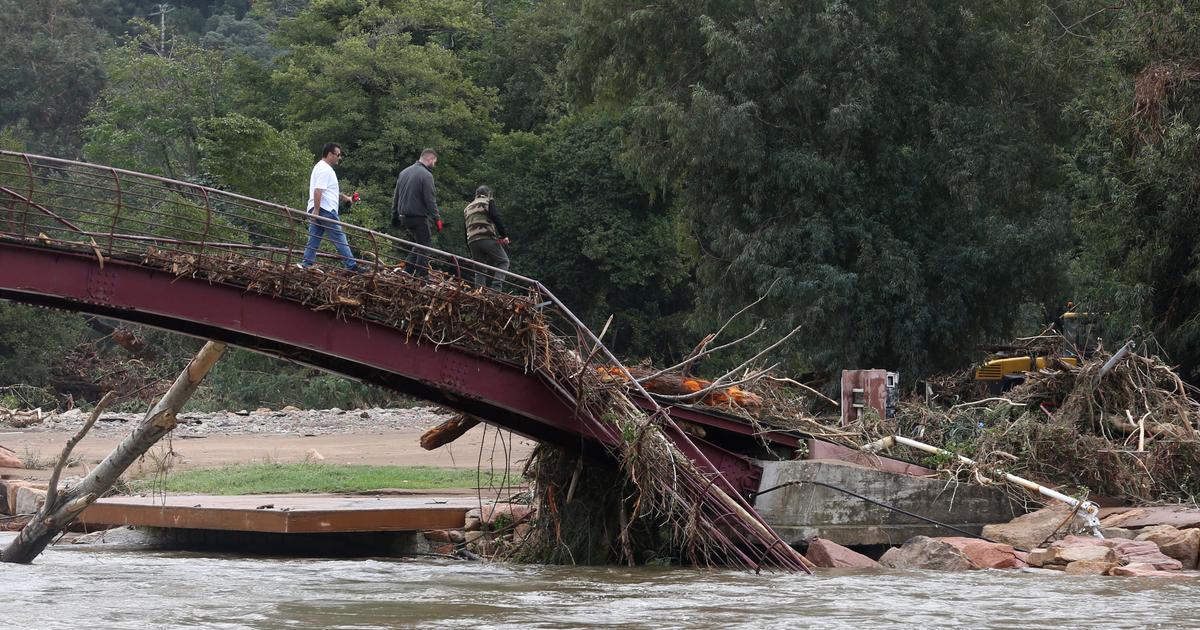There have always been droughts, but they are becoming more frequent and severe.
In the last two decades, they have affected 1,400 million people in the world, and have increased in number and duration by almost 30% since the year 2000. In addition, although Africa experiences the greatest increase in severity and frequency of this phenomenon, they are progressively affecting all continents, from Asia and the Pacific to Europe.
It is estimated that by 2050, droughts could affect more than three quarters of the world's population, and 216 million people could be forced to emigrate.
If things don't change, we are headed for a world where fresh water and rich, productive soil will be just a dream, and not for millions of people, but for billions of people.
This is likely to result in tensions, famine and huge economic losses that, in this globally connected world, will affect us all and hamper progress towards the Sustainable Development Goals, including Zero Hunger (Goal 2) and Clean Water and Sanitation (Goal 2). 6).
However, there is hope.
Unlike many other hazards, both natural and human-induced, droughts are highly predictable and occur slowly and cyclically.
This means that we can get ahead of them, which is crucial.
They don't have to become disasters.
The solution lies in massive knowledge sharing, training, good governance and adequate funding.
All communities feeling the effects of the climate change crisis need support to adapt their agricultural and land management techniques, restore degraded land and build the resilience to bounce back.
Unlike many other hazards, both natural and human-induced, droughts are highly predictable and occur slowly and cyclically
Forests play a central role in this: deforestation and forest degradation amplify the conditions for aridity to become disaster, and for floods, wildfires and sandstorms to wreak havoc in their wake.
The restoration of the green masses that have been decimated in recent decades will drastically reduce the impact of droughts.
Enormous efforts are being made to protect the world from these phenomena and progress is being made;
probably the most impressive is the Great Green Wall initiative in Africa.
By 2030, this measure aims to restore 100 million hectares on this continent alone, while the
African Forest Areas Restoration Initiative
(AFR100) points to a total of another 100 million hectares.
In addition, an additional 200 million hectares are planned through the Pan-African Agenda for Ecosystem Restoration.
Through Action Against Desertification, the Food and Agriculture Organization of the United Nations (FAO) has developed an innovative large-scale model, and since 2014, the project has restored 70,000 hectares in 11 countries.
However, as encouraging as these achievements are, and as today marks the World Day to Combat Desertification and Drought, we must recognize that we are only getting close to the problem, when in fact we urgently need to solve it.
Why are we in this situation?
What is needed is genuinely dedicated political will to deliver on commitments like the one made by more than 140 countries at the Conference of the Parties (COP) 26 in Glasgow last year to halt and reverse forest loss and degradation. earth by 2030.
The agreements and goals established in recent years are not legally binding, which makes them little more than air, unless governments make them a priority.
Governments must show that they are serious about this, and put systems and policies in place to bring about the changes we need at scale.
They need to make sure that all stakeholders are involved and, crucially, they need to get the necessary funding to make it all happen.
It is bogus economics not to invest enough right now to do what is necessary to meet the goals we have set for 2030 and beyond.
Between 1998 and 2017, droughts caused global economic losses amounting to approximately 124,000 million dollars (119,000 million euros).
If global warming reaches 3 degrees Celsius by the year 2100, as has been predicted, the losses caused could be five times higher than they are today.
Limiting global warming to 1.5 degrees Celsius, along with improved water management practices and land regeneration, is projected to substantially reduce the likelihood of extreme aridity events.
It is known that every US dollar invested in land restoration has the potential to generate $7 to $30, but governments seem to struggle to justify investing in prevention rather than cure.
Last month's flagship FAO publication,
The State of the World's Forests
, highlighted restoration as one of three vital pathways to prevent environmental degradation, while building resilience and transforming economies.
And the United Nations Decade on Ecosystem Restoration is also underway.
The covid-19 pandemic demonstrated in a very painful way what happens when we do not invest in preparing ourselves for the disasters that we know will happen.
We must consider what kind of world we want to leave to future generations and act decisively.
Tiina Vähänen
is Deputy Director of the Forestry Division of the Food and Agriculture Organization of the United Nations.
You can follow PLANETA FUTURO on
,
and
, and subscribe
to our 'newsletter'
here
.








/cloudfront-eu-central-1.images.arcpublishing.com/prisa/CPCAPBNNZFHSDDUPITKV6D3I3A.jpg)
